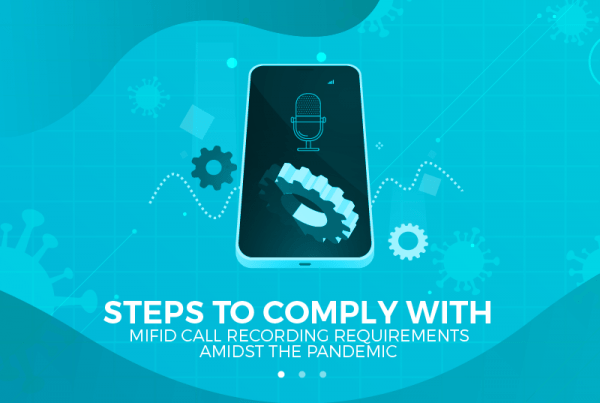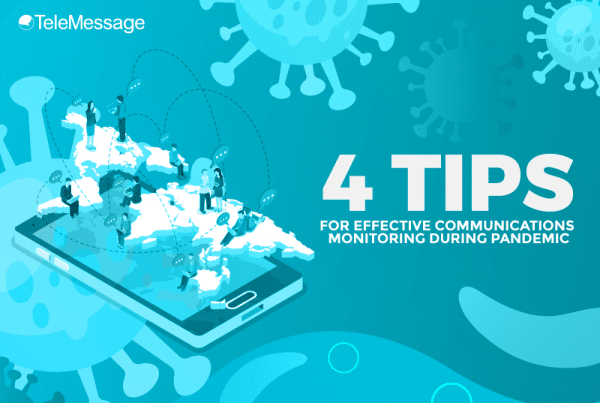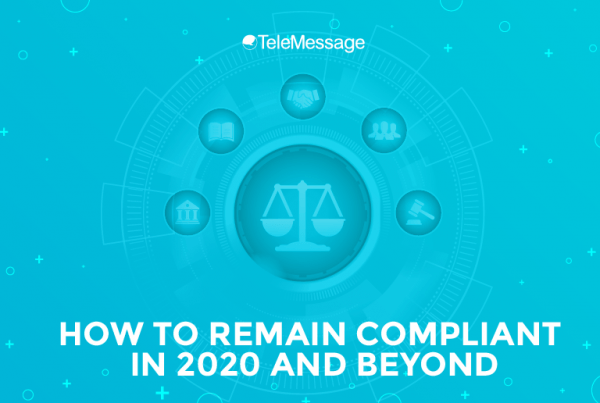Call recording is one of the most important, yet often undervalued features in today’s mobile phone market. Professionals and personal users alike can benefit from real-time recording of mobile calls – it allows an individual to playback the record if they missed to note an important detail from a conversation, while users in the regulated sector can use it to manually record their phone calls for compliance and regulatory purposes.
Google has already offered Call Screen for Android users along with call transcriptions. The phone’s AI will answer the phone and provide an on-screen transcript of the conversation to help the user decide whether to respond or not. The only problem is that the transcript disappears as soon as the call ends.
Google had problems with call recording since there are different laws on the legality of recording phone calls due to privacy issues. In Android 6.0 Marshmallow, Android’s official call recording API was removed, and third-party app developers had to be creative to record voice calls. In Android 9 Pie, Google seemed to have stopped allowing people to record voice calls.
Hidden strings of code in the latest version of the Google Phone app indicated that Android 10 was going to have a native call recording solution.
Recording Phone Calls
Android users can record phone calls by tapping the “Record” button that appears on the UI. The button will indicate that the current phone call is being recorded. People will then need to tap the record button again to stop recording.
The recorded call is saved in the .wav file format. Android users can play the messages in their phones’ call logs.
Laws on Recording Phone Calls
Android native call recording is available in most of Europe and Asia. However, in the US the voice recording features is disabled by most device manufacturers because of complex and strict call recording US laws.
Many US states have all recording laws which require receiving either a “one party consent” or “two party consent” before allowing a call recording. Recording the telephone conversation without such a consent is illegal and considered a crime without the consent of all parties to the conversation.
Android users that will use the new call recording feature for the first time, will see a warning on their screen that reads: “When using the call recording feature, you are responsible for complying with applicable laws related to the recording of calls. Please be aware that many jurisdictions require the consent of both parties for such recording.” People on the other end of the call will hear the words “this call is now being recorded” when the recording begins. The words “call recording has now ended” will be heard when it is over.
Implementing Native Call Recording Capabilities
The native call recording is a welcome feature in the Phone app. Still, the new feature won’t likely be activated everywhere globally due to some U.S. states and other countries forbidding recording phone conversations.
Regulated organizations will have a hard time complying with data retention regulations when they lack efficient mobile call monitoring capabilities due to their reliance on Android’s native recording capabilities. It’s essential to monitor employee phone calls to reasonably supervise and retain electronic communications and follow regulations. Relying on native call recording features can be problematic for regulated sectors.
Unlike the US, the native android call recording, is available and can be easily activated in other parts of the world, such as in Europe and Asia. Regulatory bodies in these regions are less strict when it comes to call recording, and some are even promoting its use, to ensure compliance of regulated entities. Those operating in Europe must comply with MiFID mobile recording, and similarly, those in Singapore and Hong Kong, and Australia must comply with call recording regulations of MAS, SFC and ASIC.
The TeleMessage Mobile Archiver effectively addresses compliance, regulatory, eDiscovery response requirements and reduces risks in the financial industry sector with integrations to leading call monitoring vendors. TeleMessage captures and records mobile content, including voice calls. The messages are securely retained within TeleMessage servers or forwarded to an archiving data storage or compliance vendor of the firm’s choice.
Our mobile archiving products securely capture content from mobile carriers and mobile devices for various ownership models (BYOD, CYOD, and employer-issued). With our multiple archiving methods, you can always find the right tools or blend for your needs:
TeleMessage offers cross-carrier and international mobile text and calls archiving for Corporate and BYOD phones. Contact Us to try our secure enterprise messaging and mobile archiving products today.





